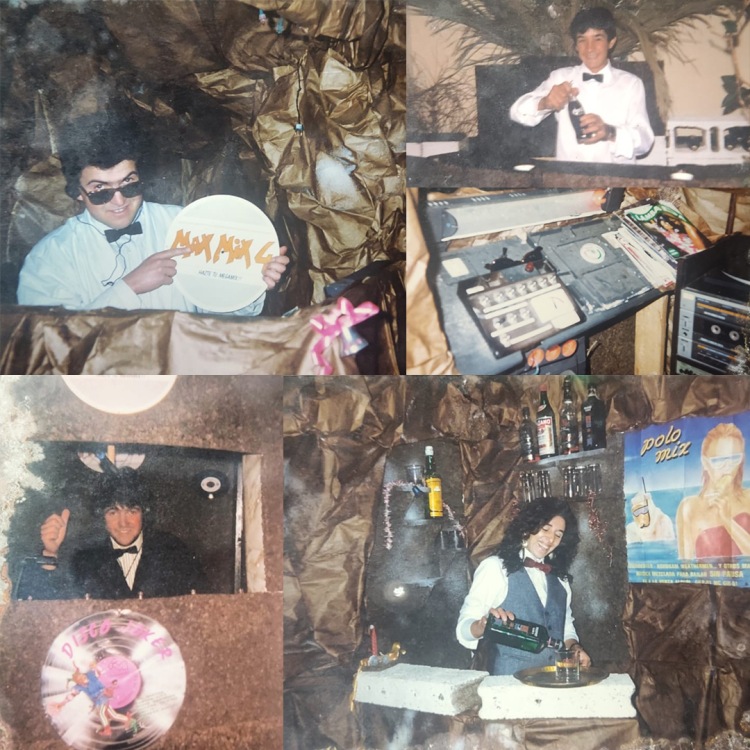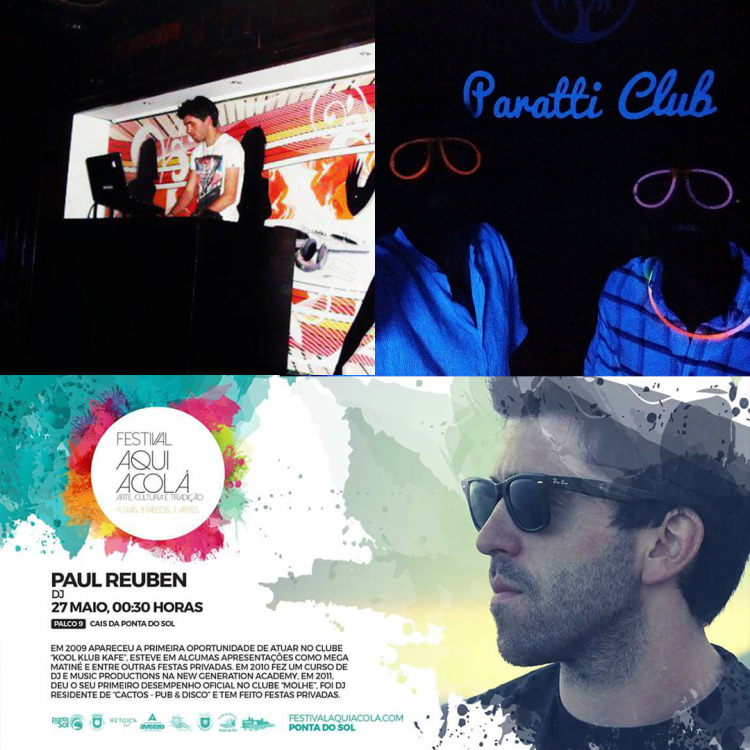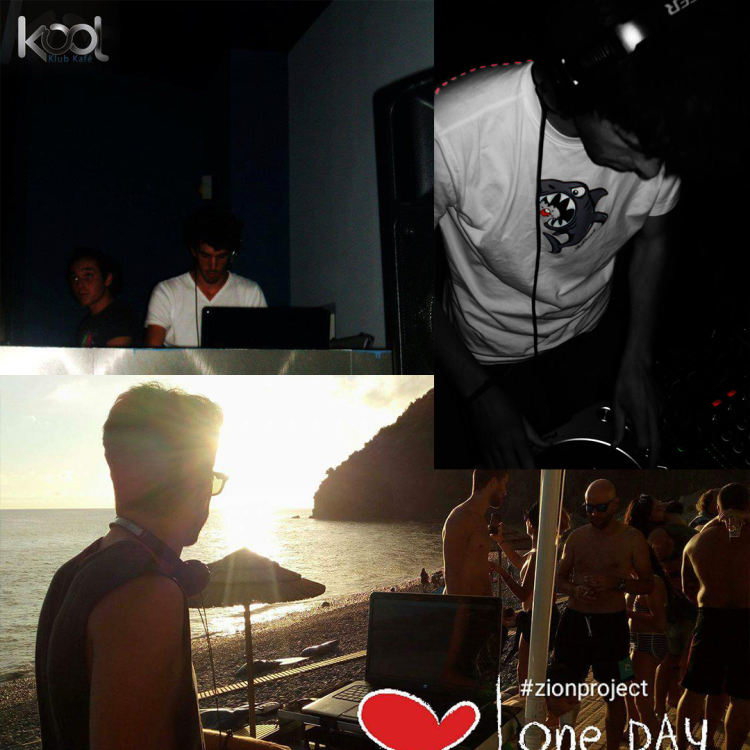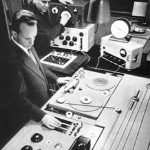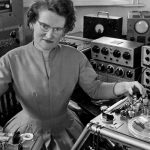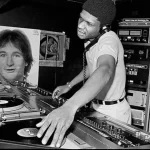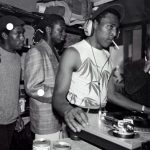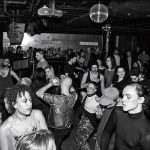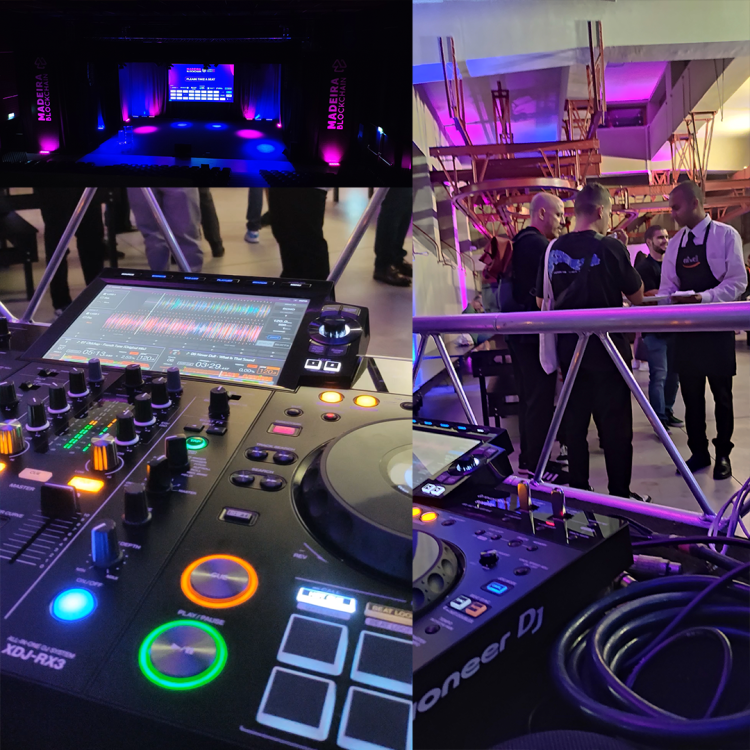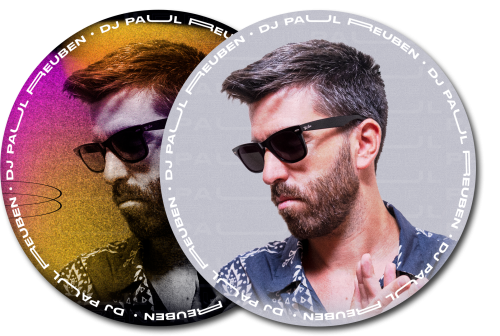I grew up in an environment where vinyl was more sacred than bread and where rhythm defined family gatherings. My father was a DJ. So was my uncle. And together, they transformed an abandoned family home into a sort of clandestine nightclub, where friends and neighbors would gather to dance the night away. We called it, with pride and complicity, “Paratti Club”.
Despite its informality (and some illegality at the time), that space was a school for me. As a kid, I absorbed the spirit of the party, the mix of styles, the beats echoing through the house a scenario that was not common for most people, but that was my daily life. Over time, I myself began to organize private parties in the same place, keeping the original energy alive, but with awareness and responsibility.
Pause and Rediscovery
Between 2012 and 2016, I decided to take a break from my music career to dedicate myself to academic studies and my profession as a creative designer. It was a period of personal and professional growth, but music has always been close to my heart.
In 2017, I felt it was time to return to the stage. I participated in the “Aqui e Acolá” festival in Ponta do Sol and in sunsets at Praia dos Anjos – Zion Project. My DJ sets began to be broadcast on national and international radio stations, and I was invited by OpenSource Records to create a set with house music. My passion for music was more alive than ever.
Electronic Music and House: A Brief Context
Electronic music has roots that date back to the late 19th century, with the development of the first electronic musical devices. During the 1920s and 1930s, electronic instruments such as the theremin and ondes Martenot were introduced, and the first compositions using these instruments began to emerge.
In the 1980s, house music emerged in Chicago, a genre of electronic dance music characterized by a repetitive four-beat rhythm and a typical tempo of 115–130 beats per minute. It was created by DJs and music producers from Chicago’s underground club culture and slowly evolved in the early/mid-1980s as DJs began to alter disco songs to give them a more mechanical rhythm.
Electronic Music and House: A Brief Context
Electronic music has roots that date back to the late 19th century, with the development of the first electronic musical devices. During the 1920s and 1930s, electronic instruments such as the theremin and ondes Martenot were introduced, and the first compositions using these instruments began to emerge.
In the 1980s, house music emerged in Chicago, a genre of electronic dance music characterized by a repetitive four-beat rhythm and a typical tempo of 115–130 beats per minute. It was created by DJs and music producers from Chicago’s underground club culture and slowly evolved in the early/mid-1980s as DJs began to alter disco songs to give them a more mechanical rhythm.

